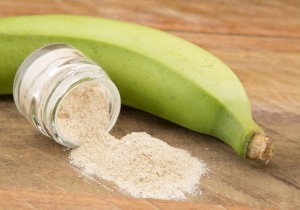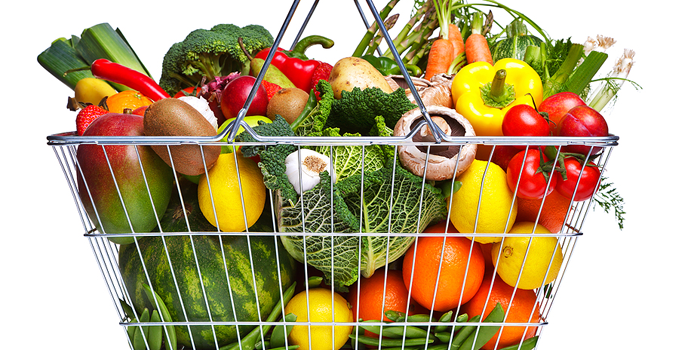
Intro:
Two months ago, we had a suggestion from one of our players on how the pesticide residues in food products can cause harm to our health including diseases like cancer, over a period of time. “From food grains to vegetables to fruits, everything is grown and ripened with the help of chemicals. Even so-called organic foodstuff is not 100% trustworthy. Moreover, organic food is not available everywhere and for every food item, and is very expensive. Having a pesticide-free diet is impossible in today’s India – it’s the bitter truth of current times,” he said. According to him, despite consuming a healthy diet, we have also been unknowingly consuming harmful chemicals with it. This also includes some cooking aids (like non-stick cookware, and cooking techniques like over grilling/ charring of meat in barbeques/ fire). Given that we encounter these hazards on a daily basis, it has become imperative for each one of us to be cautious. We need to be aware of which food and food parts (eg peels) are most likely to be laced with pesticides or harmful chemicals (just an example being mangoes ripened with calcium carbide or apples polished with wax) and how best to remove these.
GOQii’s content team has come up with 3 blogs around these issues. Today, we publish the first of the blog in this series- ‘Invisible Health Hazards Lurking In Your Kitchen’.
Invisible Health Hazards Lurking In Your Kitchen
The kitchen is, in fact, the most sanitary zone in our houses. It is so because the food is prepared in the kitchen and none of us wants to consume food which is prepared under unhygienic conditions. When you read the title, you might think to yourself that it can’t be possible because I always keep my kitchen clean. Unfortunately, the health hazards mentioned in this blog doesn’t revolve around hygiene but focuses on the invisible dangers that lurk in your kitchen, which on a normal day does not meet your eye or cross your mind.
Is your kitchenware poisoning you?
Yes, you read that right. Did you know that certain utensils in your kitchen might be discharging toxic fumes and chemicals into your food? Over a period of time, these substances sediment in your body, posing a great threat to your health.
- Non-Stick Pans

Teflon is also known as PTFE is the name of that special coating on your pan which makes it Non-Sticky. When these pans are overheated or left on the stove for too long, PTFE releases fumes which are toxic, causing symptoms like flu in human beings. The chemical perfluorooctanoic acid, also known as PFOA used in the production of PTFE has been condemned by experts for its carcinogenic properties.
2. Plastic Food Containers
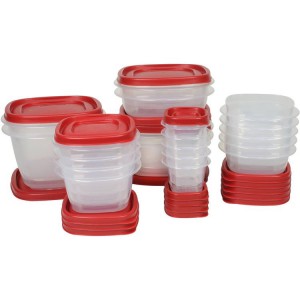
Despite the recent ban of plastic in some parts of the country, Plastic still plays an important role in most people’s everyday life. From wrappers to containers, plastic is all over. Plastic contains chemicals like Bisphenol A and Polyvinyl Chloride (PVC) that can infiltrate your food. When you carry hot edibles in these plastic containers or microwave your food in them, the heat accelerates the emission of these chemicals, serving you a toxic delicacy.
3. Plastic Cutting Boards
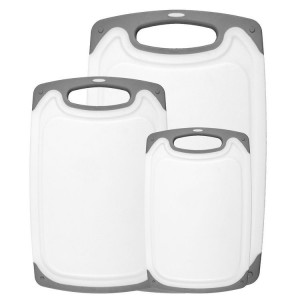
While, the debate over what kind of cutting boards are the safest to use continues, plastic definitely should not be your choice. After all the slicing and dicing carried out on your cutting board, you might notice little cuts and nicks across the surface like a soldier’s battle scars. Those cuts and fissures are the breeding grounds of many a dangerous bacteria, mainly E.Coli and Salmonella. Ever wondered where those fractions of plastic from the crevices disappeared? Think no more, they were in the food you chopped and later on consumed.
Is your cooking technique making the food toxic?
That might probably be the truth. In today’s world where there’s not enough time for anything, fast cooking has definitely claimed a spot for itself. Here’s how your technique maybe poisoning your food:
- Charring Food

This process not only takes away almost every nutrient present in your food but also adds toxins to fill the gaps. One should always try to grill your food lightly to avoid charring. Grilling should only be done to an extent where the outsides of the foods are barely brown in texture and the insides are grilled to a minimum.
- Deep Frying

Fried food is undeniably delicious but it is important to know that deep frying the food makes it bathe in oxidized fats, denatured proteins, and glycated sugars. The high temperature involved in deep frying creates toxic compounds which lead to cancer. Think twice before pouncing on to those French Fries next time.
- Frequent Microwaving
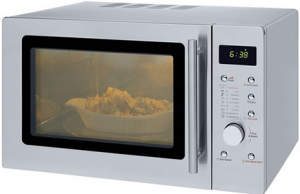
In today’s fast-paced life that we all lead, Microwave could be considered as a boon. But, did you know that the food loses most of the nutrients after it’s put into the microwave? It is advised to stay use them only when it’s very necessary and not as a matter of convenience on a daily basis. It is also advised to stay away from the microwave while it is working as the device emits electromagnetic radiations which over time can have very adverse effects on human health. Long-term exposure might considerably increase your chances of developing illnesses like cancer.
